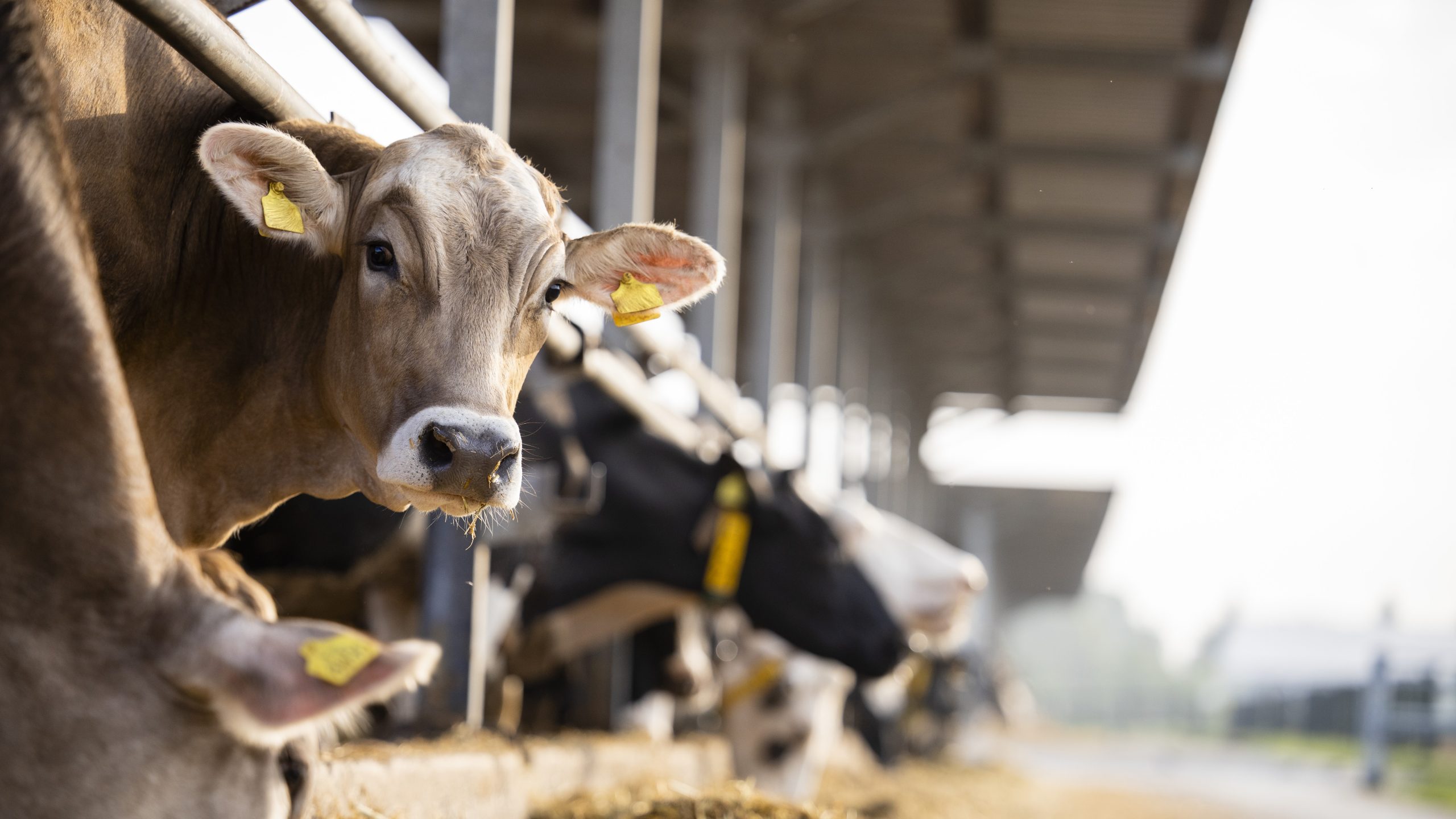Reference




OpenAI's Answer
The spread of Bovine Spongiform Encephalopathy (BSE), commonly known as mad cow disease, in cattle during the 1980s and 1990s was primarily due to several critical factors:
-
Use of Meat-and-Bone Meal (MBM) in Cattle Feed: The primary factor was the practice of using meat-and-bone meal (MBM), a dietary supplement prepared from the parts of slaughtered animals, as a protein source in cattle feed. This practice inadvertently led to the inclusion of infected tissues containing prions, the infectious agents responsible for BSE, into cattle diets. This was especially problematic as prions are resistant to destruction through standard rendering processes, including heat and chemicals (source, source).
-
Agricultural Practices and Feed Recycling: The UK and other countries experienced significant outbreaks due to the recycling of ruminant tissues into ruminant feed. This closed-loop recycling aided in the continual reintroduction of the BSE agent back into the cattle population, exacerbating the spread of the disease (source, source).
-
Geographical Spread via Trade: The trade of contaminated MBM and live cattle between regions and countries further spread BSE. The United Kingdom was particularly affected, but the disease spread to other European countries as well (source).
-
Lack of Initial Awareness and Regulation: During the initial period of the outbreak, there was a lack of awareness and understanding about BSE and its transmission mechanisms. Regulatory controls to prevent the spread through feed were not immediately implemented, allowing the epidemic to grow before countermeasures were put in place (source).
Here are some visual representations related to BSE:


In summary, the spread of BSE in cattle during the 1980s and 1990s was primarily driven by the use of MBM in feed, feed recycling practices, international trade, and a delayed regulatory response which together facilitated the transmission of prions among cattle.
Follow Up
Related
Which nation ranked second in the medal table of the 1985 Championships?
Who was the Maine House of Representatives Speaker between 1979 and 1980?
What is the title of the single released in 1980 with 'Morning Dew'?
Which team drafted Anthony Muñoz in the 1980 NFL Draft?
Why did Ajda Pekkan initially refuse to participate in the Eurovision Song Contest 1980?